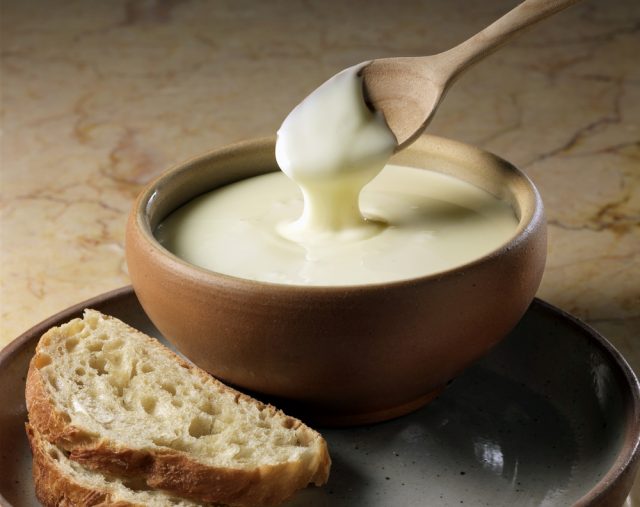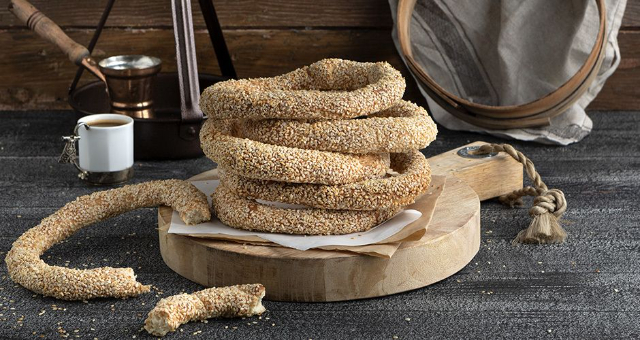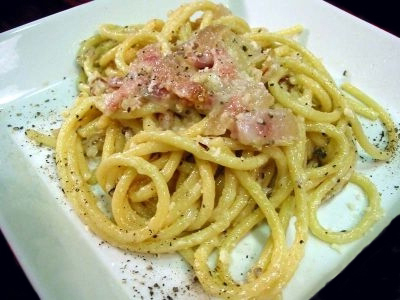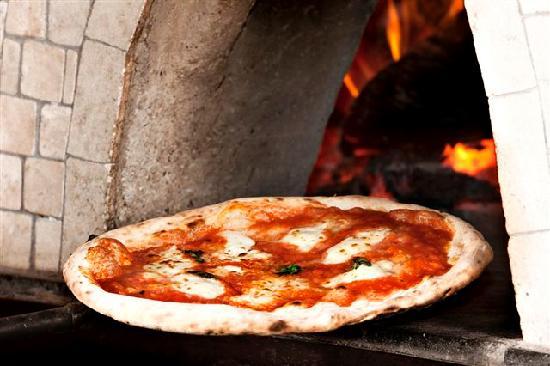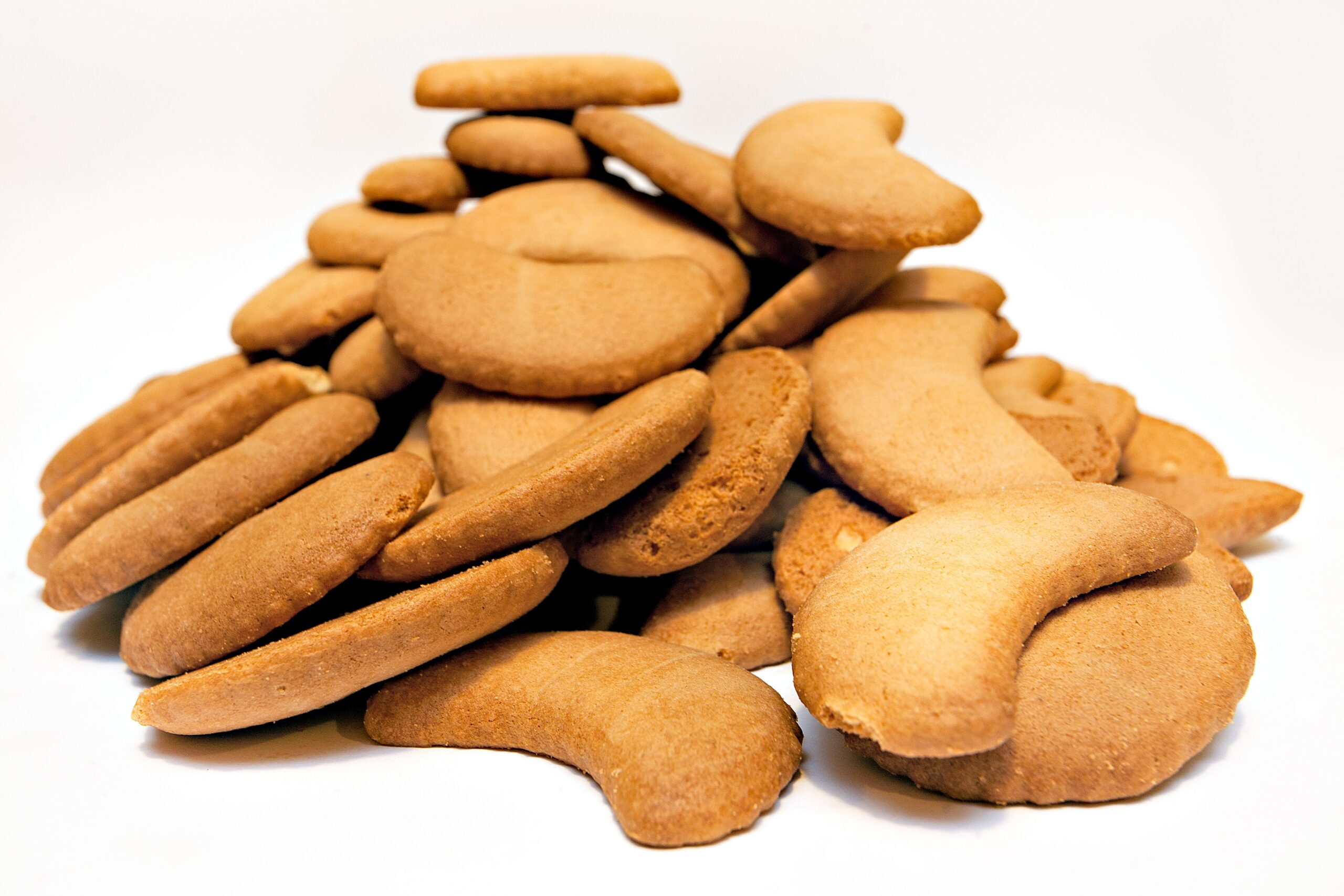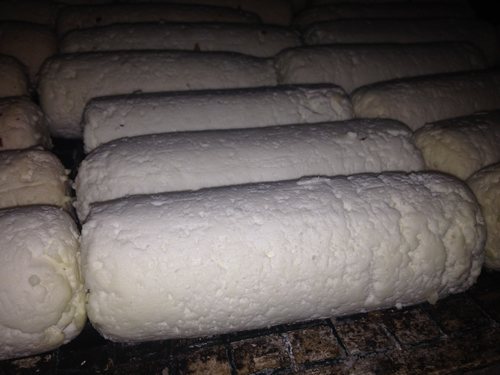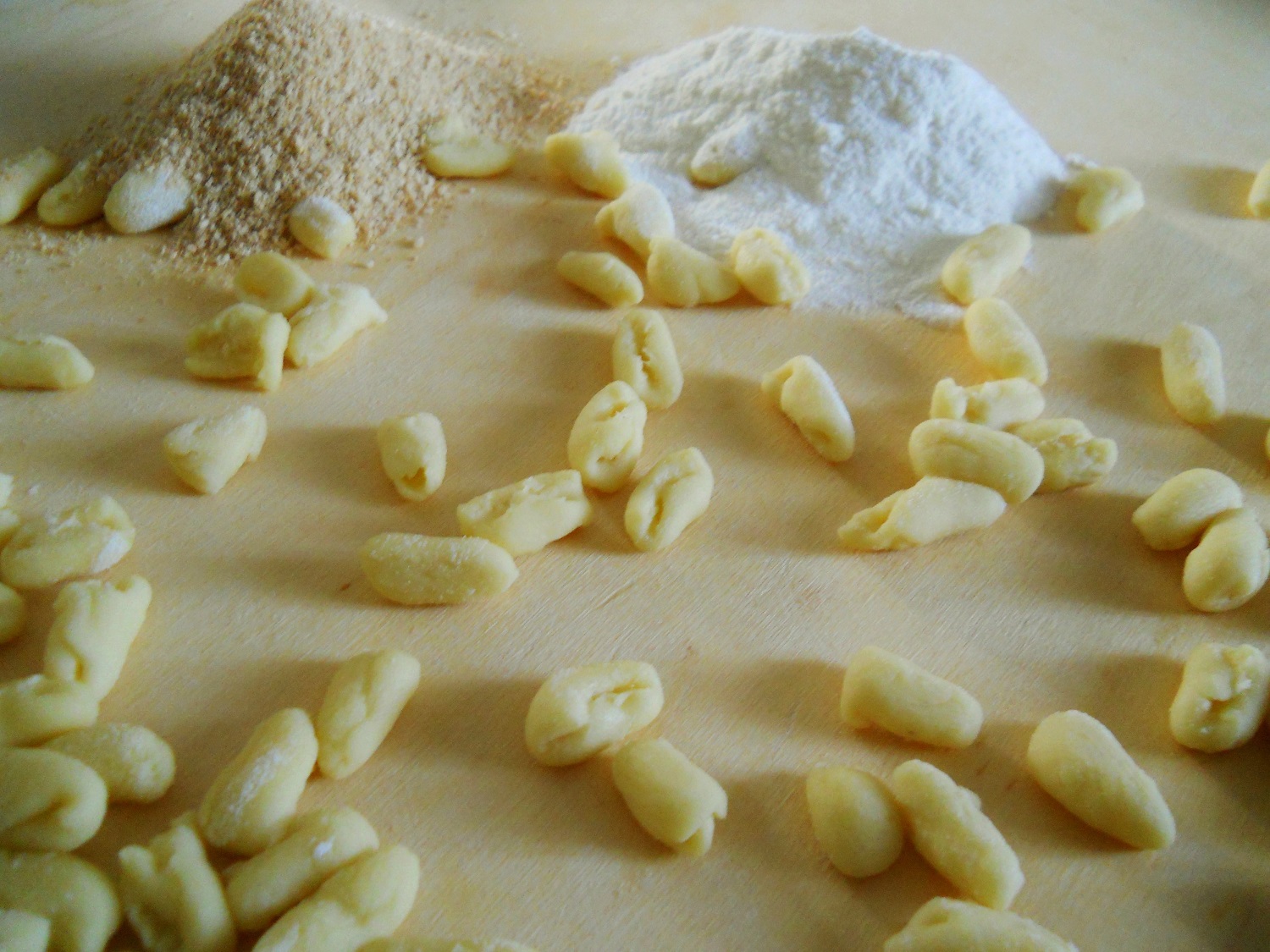The origin of cheese:
As the poet reminds us, "Partout dans la France-Comtè avec amour on s’en régale qu’on porte jupon ou culotte tous on mange de la cancoillotte" (Everywhere in Franche-Comté with love you taste it, whether you wear skirt or breeches, everyone eats Cancoillotte).
It is the traditional cheese par excellence, a source of delight and pride for the inhabitants of the Haute-Saône countryside.
According to a legend from the Haut-Doubs, Cancoillotte was born from a fight between the two giants Cancoillotte and Yotus.
During the fight, Yotus falls on the edge of the fireplace and spills a jar of curdled milk.
The pot empties into the cauldron placed over the fire.
Cancoillotte, the winner, naturally gives his name to the melted cheese.
It is in any case the characteristic cheese of the farms of the "bas pays", where the collection of milk destined for the cooperatives for the production and sale of cheeses in the county was not practiced, and where the cream of the milk was used for butter and the skimmed milk transformed into metton (block of ripened curd).
Sold in local markets, it is only from the end of the 19th century that Cancoillotte will know its commercial development and appear in Parisian dairies.
Alexandre Grimod de la Reynière (1758-1838), author of the famous "Almanac of Gourmets", equated all cheeses with Cancoillotte.
Peculiarity:
Melted cheese, made from metton (a block of aged curd), with a smooth but liquid, homogeneous and shiny paste.
White to straw color, sweet flavor, 10% fat content, packaged in 100 to 500 g jars.
In cooking:
Eaten cold or warm as a cheese or on canapés, Cancoillotte is also used in a variety of culinary recipes, such as Cancoillotte-coated roast potatoes, fresh cheese chenelles or Franche-Comté scrambled eggs.
It is paired with red, rosé or white wines from the Jura region.
How it’s made:
Cancoillotte is made from metton, a skimmed milk curd that is heated, stirred and pressed, salted and aged for 5-6 days.
The metton is melted by adding water and butter (melting under partial vacuum for 6 minutes at 110°).
Hot packaged in plastic jar or metal box.
Geographical origin
A mountainous area, Franche-Comté is the most wooded region in France.
Natural grasslands and forests share the landscape.
It is also the region of running waters, waterfalls and lakes.
